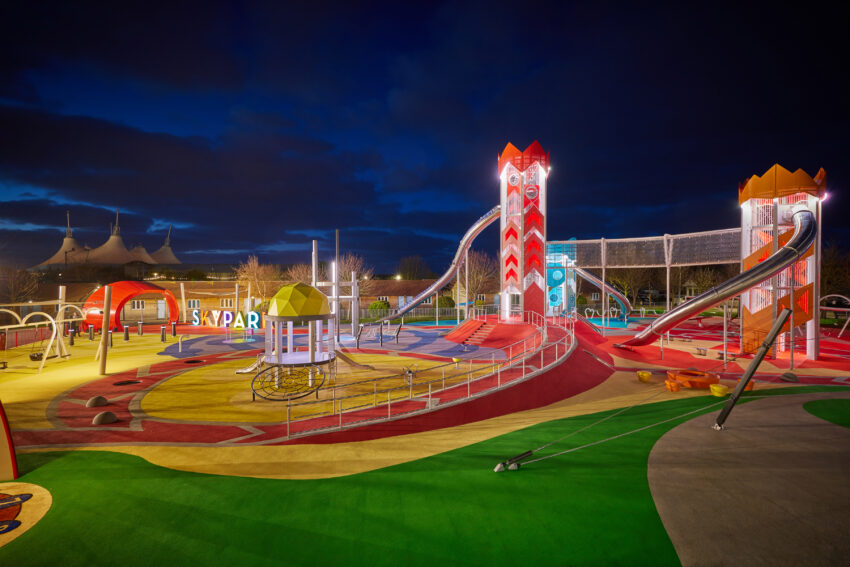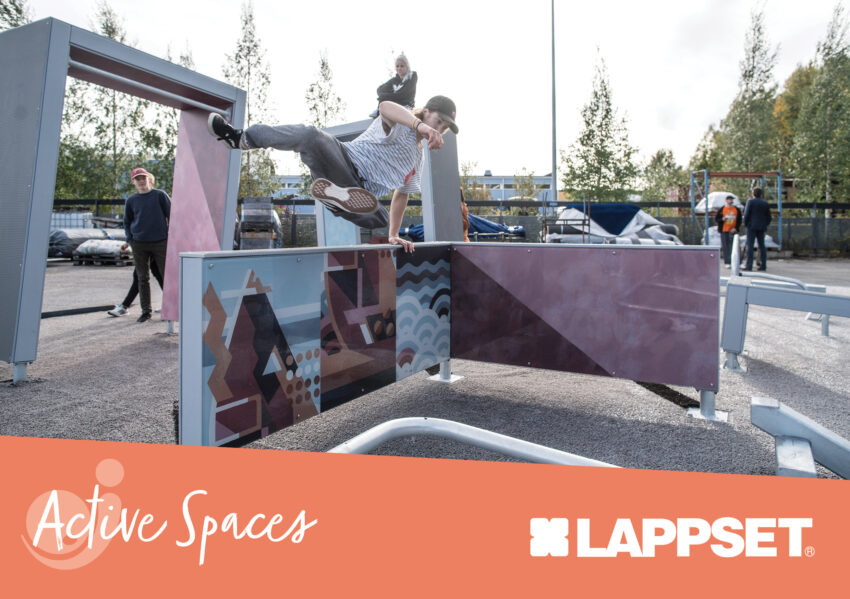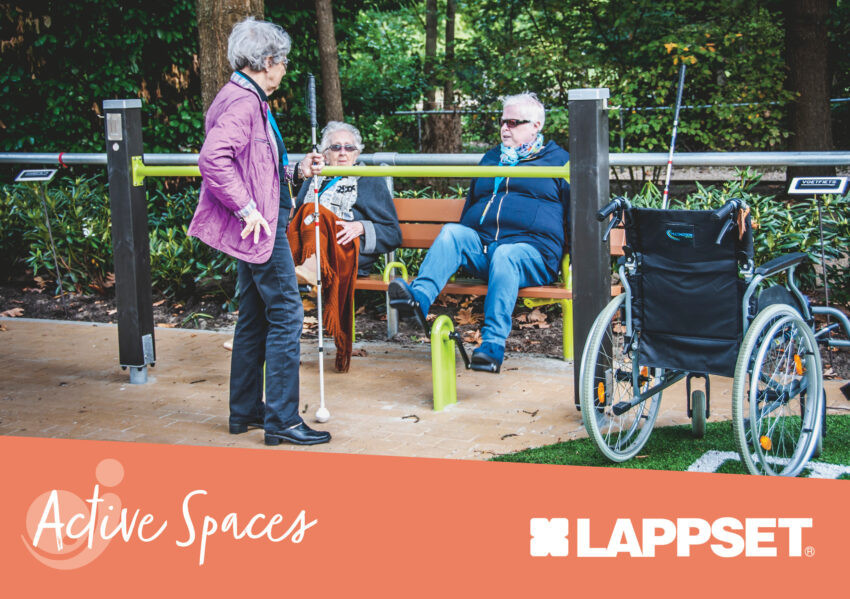
Cantley Park Interactive Play Space
CANTLEY PARK INTERACTIVE PLAY SPACE CANTLEY PARK INTERACTIVE PLAY SPACE THE BRIEF: The council was committed to creating a new destination play area on site
The team at Jupiter Play are a diverse crowd who have had lots of experiences working all over the world. Three of our team have experienced living in Scandinavia which has really provided a completely different outlook on play, as a role in children’s development and also on how to design play spaces.
Kevin Causer, Lead Designer says, “There is a real cultural difference between the UK and Sweden, where I lived. Families spend more time outdoors, we saw many pre-schools where children were outdoors all day, even for nap time! In terms of design we found that every play area was unique, either by working with the location or creating an identity of its own. Less attention is placed on formal pathways and edging, it is more focused on the journey of play and routes to exploration.”
In the publication Science of Play: How to build playgrounds that enhance children’s development by Susan G Solomon it describes the playgrounds as a reflection of societies values and attitudes. Countries in Scandinavia view children as the responsibility of the collective and therefore families feel more confident to allow children to go and explore and have greater self-reliance.
So which approaches can we learn from our Nordic friends?


CANTLEY PARK INTERACTIVE PLAY SPACE CANTLEY PARK INTERACTIVE PLAY SPACE THE BRIEF: The council was committed to creating a new destination play area on site

Promoting Inclusivity in Public Parks and Outdoor Spaces A Call to our Clients In the realm of outdoor play and recreation, a profound shift in

Introducing the UK’s most exciting playground… Jupiter Play & Leisure are delighted to have partnered with renowned holiday destination Butlin’s to design and

It is essential, now more than ever, to stay current on what trends are driving the future of play. Play is integral not only to

DESIGNING DASH PARKOUR: A HOLISTIC R&D-PROJECT Design is an empathic way of thinking and working, and in our field, designer is the cross-field intermediary who

Landscape designer Arja Paula speaks about aspects to consider when designing a Senior park. I prefer the term senior park because it is more of
Nottingham
The Coach House
2 North Road
West Bridgford
NG2 7NH
Edinburgh
9 Ainslie Place
Edinburgh
EH3 6AT
Sign up to our newsletter to keep up to date with all things play and innovation.
Accreditations







The Coach House
2 North Road
West Bridgford
NG2 7NH
9 Ainslie Place
Edinburgh
EH3 6AT
Sign up to our newsletter to keep up to date with all things play and innovation.
The Coach House
2 North Road
West Bridgford
NG2 7NH
9 Ainslie Place
Edinburgh
EH3 6AT
Sign up to our newsletter to keep up to date with all things play and innovation.